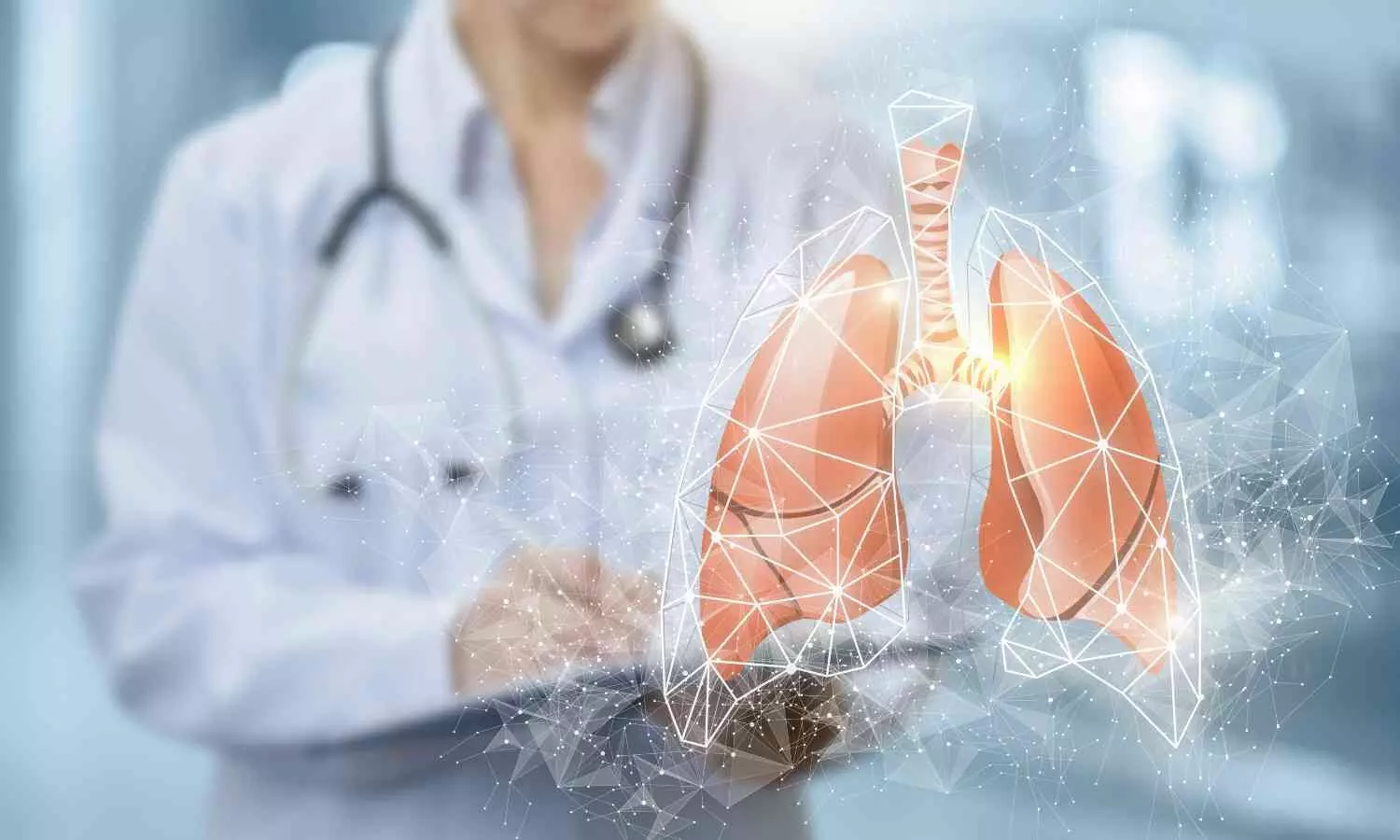Scientists Create Breakthrough Scan to Unlock Lung Function Secrets

New Delhi: Researchers at Newcastle University in the UK have developed a lung scanning technique that provides real-time insights into how treatments impact lung function, including in patients with asthma, chronic obstructive pulmonary disease (COPD), and those who have undergone lung transplants.
The novel method utilizes a specialized gas, perfluoropropane, which can be safely inhaled and visualized through MRI scans. This allows scientists to observe airflow patterns in the lungs, revealing areas of patchy ventilation and measuring the effectiveness of treatments. The findings were published in the journals Radiology and JHLT Open.
“Our scans highlight which parts of the lung are affected by disease and how these areas respond to treatment,” Professor Pete Thelwall, the project lead at Newcastle University told IANS. The team demonstrated the effectiveness of the technique by testing it with a commonly used bronchodilator, salbutamol, showing quantifiable improvements in ventilation after its use.
One key advantage of the new scan is its potential to identify changes in transplanted lungs earlier than conventional tests, such as spirometry. Professor Andrew Fisher, a respiratory transplant medicine expert at Newcastle Hospitals NHS Foundation Trust and Newcastle University, explained IANS, “This innovative scan could enable us to detect lung changes before they appear in routine tests, allowing earlier intervention and potentially preventing further damage to transplanted lungs.”
The technology offers a promising tool for clinical trials, as it provides precise measurements of treatment effects on lung function. By visually mapping the gas distribution within the lungs, the scan method allows researchers and clinicians to assess the effectiveness of new therapies for lung diseases more accurately.
Looking ahead, the researchers believe the technique could be incorporated into the routine management of lung transplant recipients and other patients with lung conditions. This breakthrough holds the potential to improve early diagnosis, treatment monitoring, and overall patient outcomes in respiratory medicine.
The study helps in understanding lung function and opens new doors for managing and treating complex lung diseases.


